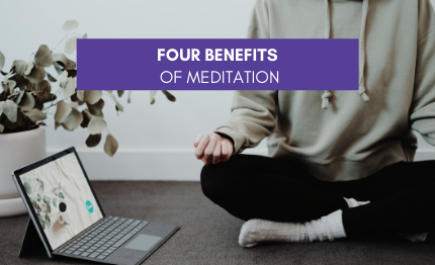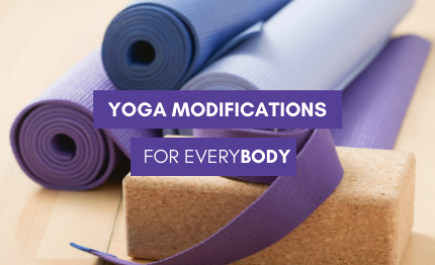
To create an authentic space in your home for meditation and yoga practice look to Patanjali’s (400CE) 5 Yamas (restraints) and 5 Niyamas (observances), 10 ethical guidelines for living. These guidelines are lived for the purpose of quieting the mind for meditation. Here is the how to guide on how to apply these guidelines in the creation of your meditation space. By applying these restraints and observances during the creation of your meditation and yoga sanctuary you will ensure the room will have both inspirational form and efficient function.
5 Yamas- Restraints
Ahimsa- Non-harming: When choosing materials look to sustainable, earth friendly materials, organic elements that have gone through less processing and materials that have been made by companies who care about ethical manufacturing.
Satya- Non-lying: The room must be a true representation of you, not what you think it should look like. Within the realm of mindfulness lifestyle movement there are many different symbols. The symbols mean something. Find out what they mean and only use statues and symbols that represent a part of your truth.
Asteya- Non-stealing: Make your design decisions wisely. Make them in such a way that you do not have to throw away excess materials. Also, respect the time and energy of the people you hire to help you, do not “steal” their time.
Brahamacharya- Non-wasting of energy: Overly stimulated senses use up too much energy. This space is not meant to be stimulating. You do not want anything in your sanctuary that will catch your attention or wow you. Design with balance and find neutral tones. Look for objects that feel serene, these objects do not distract.
Aparigrapha- Non-hoarding: In the design of this room do not bring in every single symbol and trinket that symbolizes you or somebody else’s spirituality. This room is not about accumulating goods or boasting your ability to covet earthy processions. Keep it simple.
5 Niyamas- Observances
Saucha-Cleanliness: Create visual order. Orderliness in our physical spaces creates orderliness in the mind. Besides clean design choices, also look ahead: will the room be easy to maintain, easily and healthily cleaned to maintain a fresh and organized feel? You do not want to bring in materials that will trap and hold onto dirt.
Santosha-Contentment: You will practice contentment in this room. Start by practicing contentment while creating your space. Practice contentment with your choices. Practice contentment with your budget. Practice contentment with the process. In other words, do not over think this.
Tapas-Discipline: You must do the work. Designing, moving furniture, creating, cleaning, and building, these all take effort. You have set your intention to do this, now the effort requires action. This effort may feel like you are moving past obstacles, this is a good thing, keep going.
Svadyaya-Self-study: A purpose of this room is for you to be able to observe yourself, your consciousness, your practice, your breath, your movement. Make it personal. What are you currently practicing? Bring in elements (books, symbols) that will help you maintain your self-study. These may change as time goes by.
Ishvara-Pranidhana- Surrender to the sacred: Build an altar in the room, a focal point of inspiration to remind you of your spiritual journey. Bring in a seat for meditation. Leave an open space for movement and breath, a space to let go of the desire to control. Surrender here in your sanctuary to your eternal self, the bliss of the divine.
Enjoy your sanctuary. You might notice that by creating this space you find your way to more practice than usual. This is a good thing! Your friends and family physically see this space, witness your passion, and are sparked by it. You are on a path, a journey, this space is a physical representation of that.



























